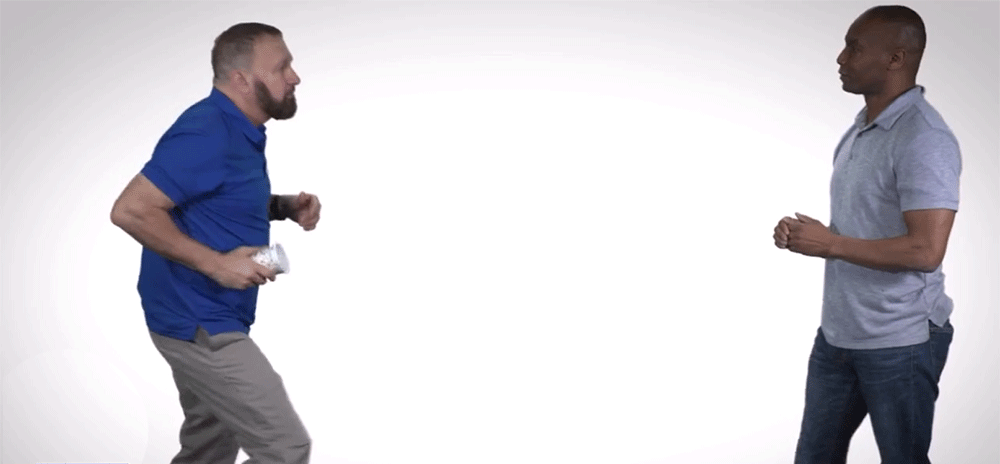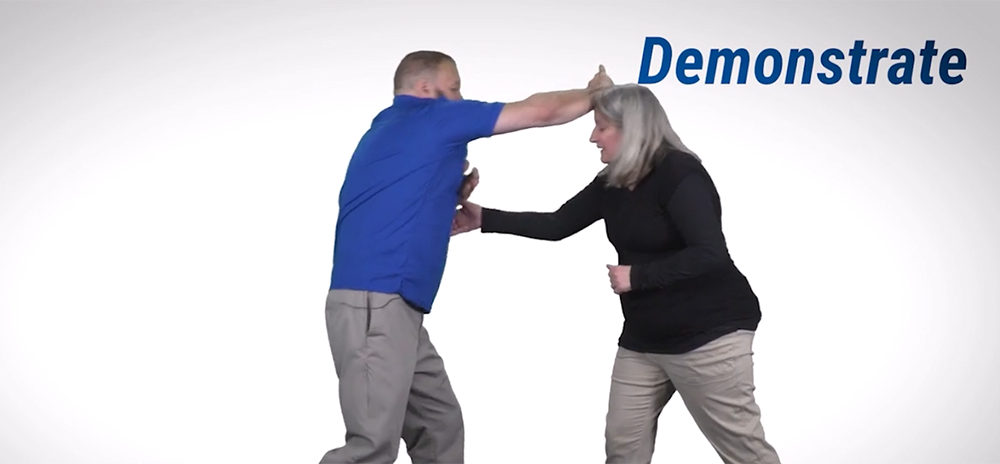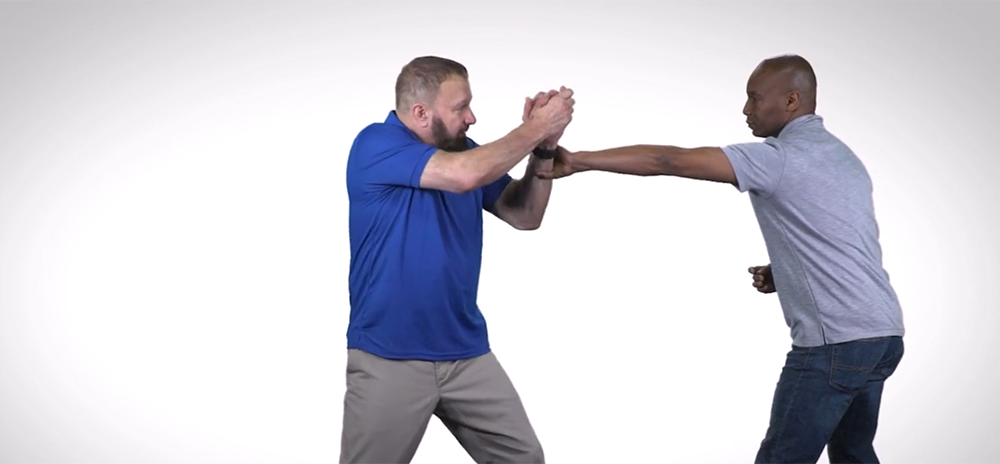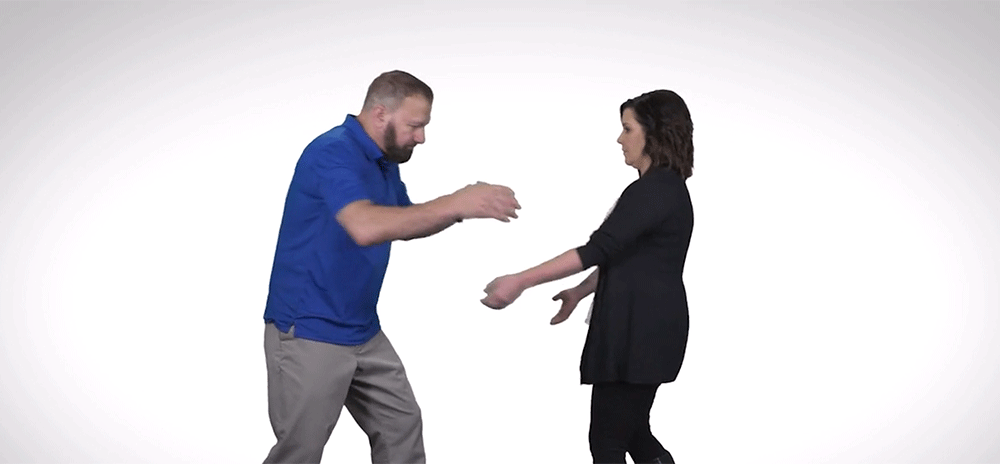Ever been spat on? Nothing can change the conversation like spitting on someone. It's gross, disgusting, inexcusable, illegal, and perhaps the highest display of disrespect that someone can make towards another human being. Make no mistake about it, spitting on someone is an assault, just the same as punching or kicking them. And the response to any assault should be consistent and in accordance with the law for everyone. no matter where they work including healthcare.
The reasons we wear PPE (personal protective equipment) in healthcare is because infectious pathogens are EVERYWHERE. Apart from the obvious risks of exposure to airborne pathogens and contact droplets associated with routine patient care and treatment, coughing, sneezing, and shaking hands can spread disease, so of course spitting can as well. Many healthcare workers have been intentionally spat on at work, so spitting is something that continues to be a concern, especially among emergency department, psychiatric care, subacute care, and EMS staff.
While there are no specific incidents we can point to where being spat on caused the victim to die outright, diseases from hepatitis to COVID-19 could be transmitted by spitting, depending on the pathogens involved, the immunological profile of the victim, the point of contact, immediate decontamination procedures, follow-up care, and perhaps just plain old luck. (Read this story about a nurse who was spit on and assaulted)
Protecting Yourself from Fluid Assaults
The purpose of learning how to defend yourself against fluid assaults, like spitting or thrown liquids, and even against many thrown objects is to protect your face, eyes, mouth, neck, and nose. Beside disease spreading pathogens, like body waist, blood, and vomit, other liquids and chemicals commonly available in hospitals can be extremely dangerous because of their poisonous, corrosive, or flammable properties.
Also, E.D. exam rooms and clinics are filled with sharps and heavy hand-sized objects that can be easily accessed and thrown. And there are always things that patients and visitors bring with them, that they could be holding or hiding.
As you manage a contact with patients (and their visitors), you need to consider their behavior, and the visibility and position of their hands. Keep your distance and avoid approaching them, until you are satisfied that it is safe to do so.
Evaluating the risks and threats that patients and visitors pose, is the best way to avoid an assault. Getting safe and getting help (e.g., additional staff or security) should be a forethought and not an afterthought. At a distance, you have time to ask patients to remove their jackets, set down their bags, and show you their hands. You can ask them to put a cup of coffee or food down on a counter. You could even ask excess visitors to step out. The first red flags start to fly, when patients or visitors refuse your reasonable requests.
But when fluid and thrown object assaults occur, despite your best efforts, avoid the urge to catch what is thrown at you, and practice side-stepping (get off the tracks), rather than moving backward. Finally, practice to build proficiency in the Defense Against Fluid Assaults Technique.
Technique How-to
Hopefully, when first addressing patients and visitors, you are already conformable standing in a Prepared Stance (feet at shoulder width, strong foot slightly back, hands above the waist). The, upon recognition of a fluid/object assault, you should:
- Simultaneously turn your head to your left and step left with your right foot
- Bring the back of your left hand to your ear, covering it with your left hand
- Bring your right arm up and over, creating a pocket over your left hand with your right elbow (see photo above)
- Bring both hands together to reduce the exposed pocket
- Escape from the area – Sound Alert | Create Alarm
This can be done in either direction by using the opposite feet and hand placement, just be sure to face away from the assault.









